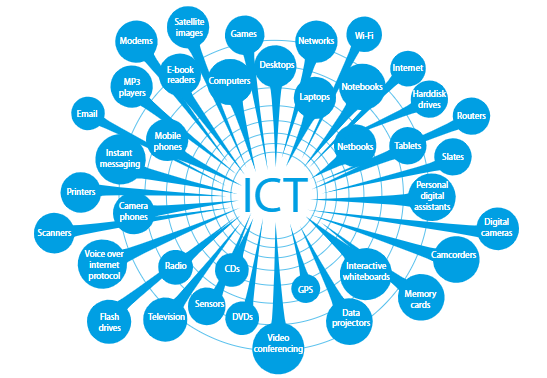
The Impact of ICT in Tertiary Institutions in The Gambia
Research Leed: Jatou Faal
Research Area: The Impact of ICT
In recent decades, the global education landscape has undergone a profound transformation with the widespread adoption of Information Communication Technology (ICT) in educational institutions. UNESCO defines ICT as a "diverse set of technological tools and resources used to transmit, store, create, share, or exchange information" (UNESCO, 2019). This definition encompasses a plethora of tools and platforms, ranging from computers and the internet to broadcasting technologies like radio and television, as well as telephony such as fixed or mobile phones, satellite communications, and video conferencing. The integration of ICT into education represents a paradigm shift, offering new opportunities to enhance teaching and learning methodologies.
The Republic of The Gambia, like many nations, has recognized the potential of ICT to revolutionize its educational landscape. The National Development Plan (NDP) of The Gambia underscores the government's commitment to improving the ICT infrastructure for citizens and businesses, recognizing the pivotal role of ICT in fostering equitable development across all sectors of the economy (GiEPA, 2024). This strategic vision aligns with global trends, highlighting priorities towards equipping students with the necessary competencies to thrive in the digital age.
The emergence of ICT-based learning methodologies, commonly referred to as electronic learning (e-learning), has reshaped educational practices worldwide. In The Gambia, tertiary and higher education institutions are increasingly embracing ICT tools and platforms to facilitate knowledge dissemination, collaborative learning, and academic research (The National Assembly of The Gambia, 2022). This transition signifies a broader commitment to harnessing technology to overcome barriers to education and prepare students for future professional endeavors.